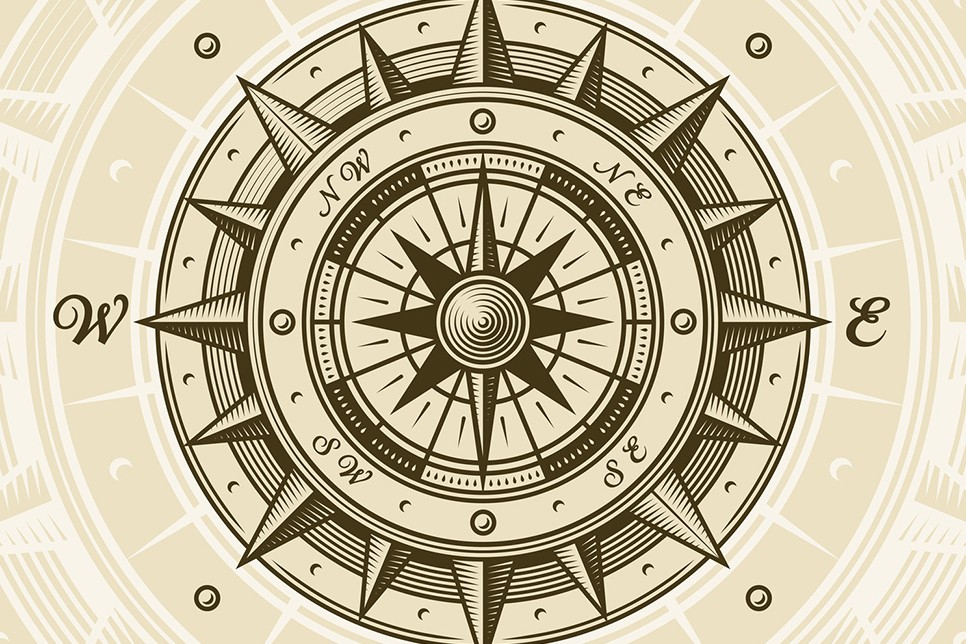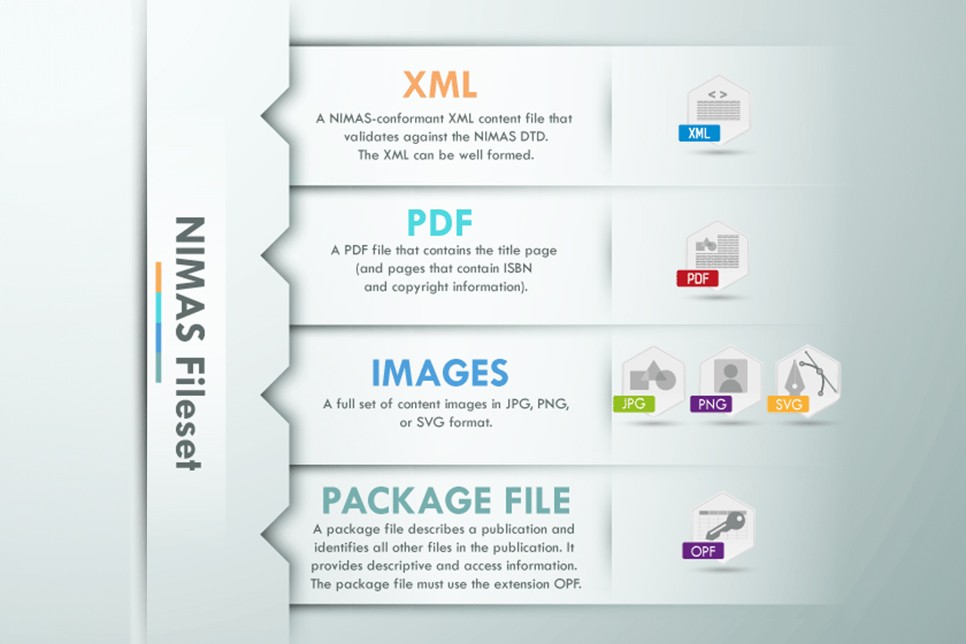
Like the visually impaired, the Internet cannot “see” content the way a sighted human being does. It can only discover relevant content via searchable text and metadata. When publishers take the right steps to make content accessible, they also make it more discoverable.

The venerable world of trade books has had accessibility options since the early 19th Century invention of Braille. However, only in the digital age has it been possible to make all books accessible to the visually impaired.

K-12 and Higher Ed publishers provide complex content that is deeply intertwined with Learning Management Systems and other digital deliverables. That makes accessibility harder—and potentially more rewarding.

The terms “access” and “scholarly journals” are often linked to Open Access publishing. Less often discussed—but still very important—are issues and challenges of making journal content accessible to the visually, cognitively, or otherwise impaired.

Since the early 19th century invention of braille, the concept of making written content available to the blind or visually impaired has been a noble aspiration of a civilized society. Making that concept a practical reality is another matter. Even as new, more automated technologies arise, the challenges of accessibility remain formidable.






